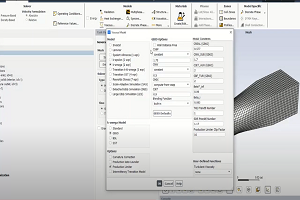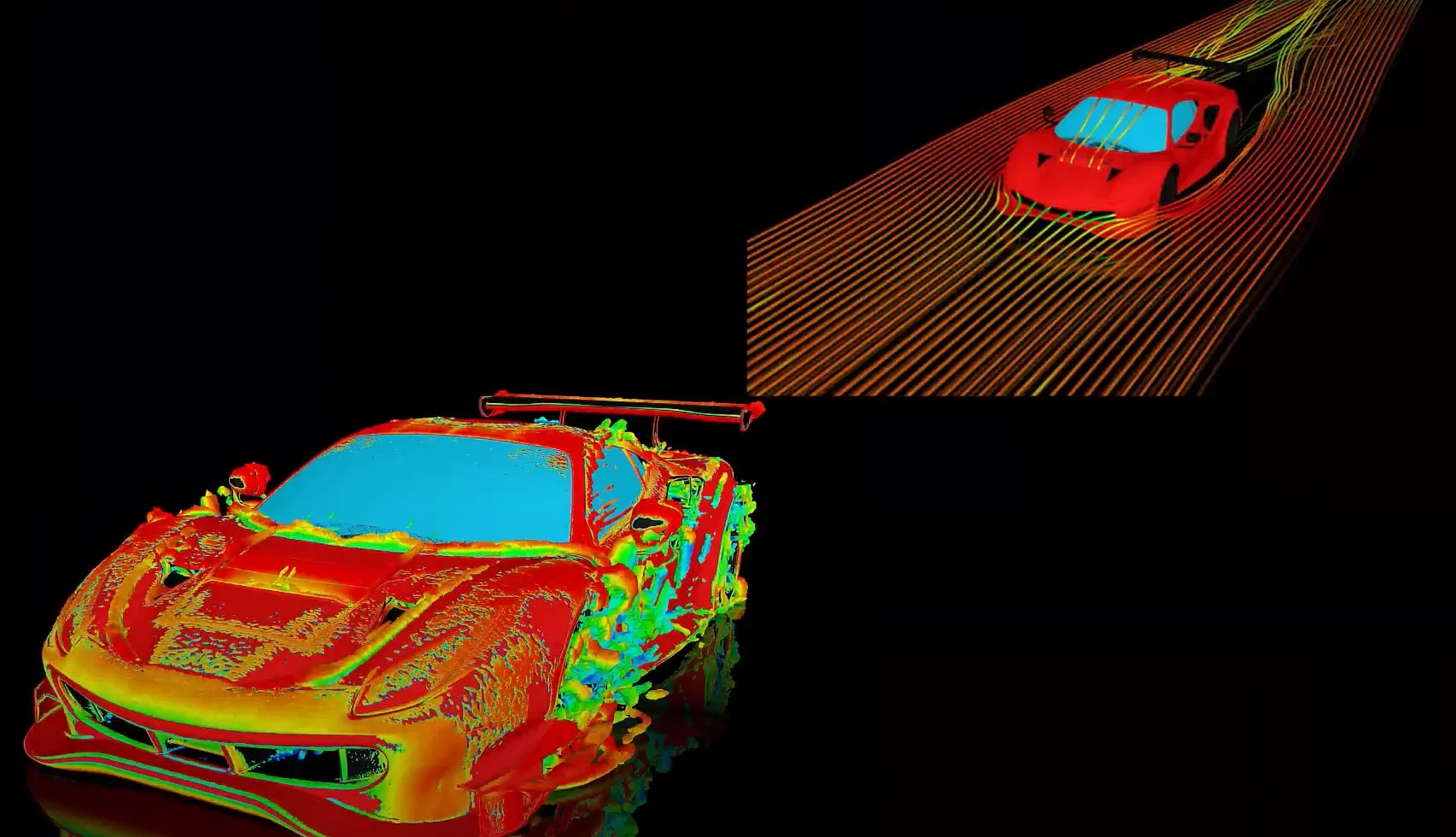Q) I am solving for a buoyancy-driven flow and am using the Boussinesq buoyancy model. Although the fluid heats up, the density variable does not change. I have set a reasonable value for the thermal expansion coefficient under material properties. Why is density not changing?
Tagged: 10, cfx-solver, fluid-dynamics, General
-
-
March 17, 2023 at 8:58 am
 FAQParticipant
FAQParticipantQ) I am solving for a buoyancy-driven flow and am using the Boussinesq buoyancy model. Although the fluid heats up, the density variable does not change. I have set a reasonable value for the thermal expansion coefficient under material properties. Why is density not changing? A) The Boussinesq model for buoyancy is used when the fluid density material property is constant. The effect on buoyancy due to density change resulting from thermal expansion is inferred from temperature changes (i.e. the density variable does not change). If you wish to see the density change resulting from thermal expansion, you can either: 1) Run with the existing set-up. In CFD-Post, create a user variable to reflect the actual density based on the temperature field and thermal expansion coefficient using a CEL expression. 2) or, given that density is a function of thermal expansion coefficient and delta T, use this relationship for the density. Create a CEL expression involving a reference density, reference temperature, temperature and thermal expansion coefficient and use this the material property definition for density. The Full Buoyancy model can now be used, rather than the Boussinesq model.
-


Introducing Ansys Electronics Desktop on Ansys Cloud
The Watch & Learn video article provides an overview of cloud computing from Electronics Desktop and details the product licenses and subscriptions to ANSYS Cloud Service that are...

How to Create a Reflector for a Center High-Mounted Stop Lamp (CHMSL)
This video article demonstrates how to create a reflector for a center high-mounted stop lamp. Optical Part design in Ansys SPEOS enables the design and validation of multiple...

Introducing the GEKO Turbulence Model in Ansys Fluent
The GEKO (GEneralized K-Omega) turbulence model offers a flexible, robust, general-purpose approach to RANS turbulence modeling. Introducing 2 videos: Part 1 provides background information on the model and a...

Postprocessing on Ansys EnSight
This video demonstrates exporting data from Fluent in EnSight Case Gold format, and it reviews the basic postprocessing capabilities of EnSight.

- How to overcome the model information incompatible with incoming mesh error?
- Skewness in ANSYS Meshing
- What are the requirements for an axisymmetric analysis?
- Ansys Fluent GPU Solver FAQs
- Is there a way to get the volume of a register using expression ?
- How to create and execute a FLUENT journal file?
- What are pressure-based solver vs. density-based solver in FLUENT?
- What is a .wbpz file and how can I use it?
- How to get information about mesh cell count and cell types in Fluent?
- How can I Export and import boxes / Systems from one Workbench Project to another?

© 2025 Copyright ANSYS, Inc. All rights reserved.

